EPA is seeking nationally recognized experts for the SAB panel with demonstrated expertise and experience in the following areas related to animal feeding operations and air emissions estimation methods: air emissions from broiler, dairy, egg layer and/or swine production animal feeding operations; air monitoring and detection methods.
September 26, 2011

This past week the National Pork Producers Council (NPPC) nominated 14 candidates to a recently formed U.S. Environmental Protection Agency (EPA) Science Advisory Board (SAB) to review the data submitted by Purdue University as part of the National Air Emissions Monitoring Study (NAEMS).
EPA is seeking nationally recognized experts for the SAB panel with demonstrated expertise and experience in the following areas related to animal feeding operations and air emissions estimation methods: air emissions from broiler, dairy, egg layer and/or swine production animal feeding operations; air monitoring and detection methods; exposure assessment; environmental statistics; emission and statistical modeling; and uncertainty analysis.
EPA intends to convene the SAB in early 2012 and hold a series of meetings to explore how the agency will interpret the data collected as part of the NAEMS study and the methodological approach it will utilize as it converts the data into usable emission factors to help producers determine their compliance with federal clean air laws.
A draft of EPA’s methodological approach is expected by the end of the year, with the first meeting of the SAB to take place in late January or early February 2012.
Purdue University launched the largest study ever done to measure levels of various gases and airborne particles from U.S. farming operations back in 2007. The $14.6-million project measured hydrogen sulfide, particulate matter and ammonia from 20 sites in eight states.
Those sites included nine hog farms, three operations that raise egg-laying birds, one broiler operation and seven dairy farms.
Purdue collaborated with 11 researchers from seven universities.
You May Also Like



